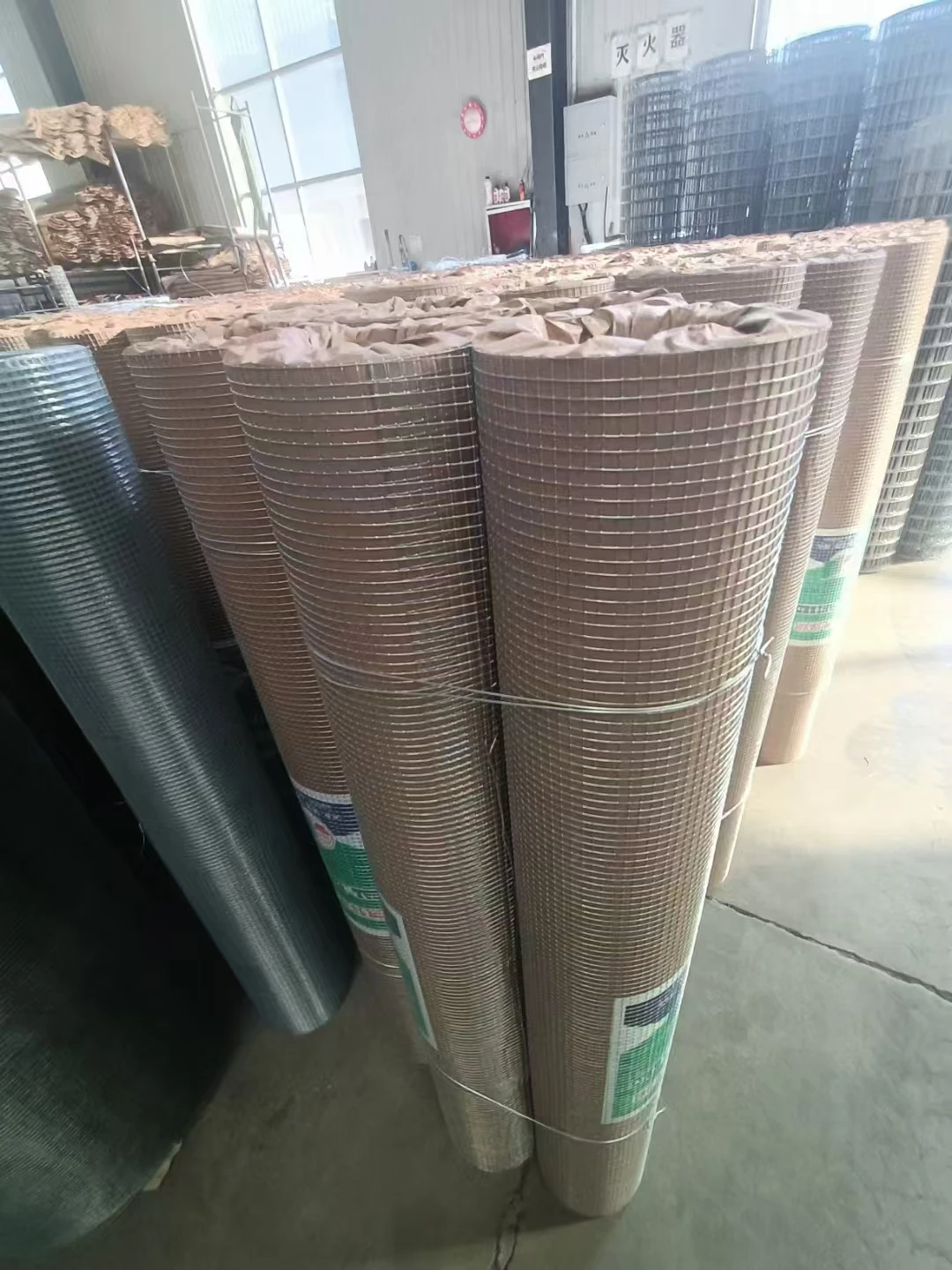-
 Afrikaans
Afrikaans -
 Albanian
Albanian -
 Amharic
Amharic -
 Arabic
Arabic -
 Armenian
Armenian -
 Azerbaijani
Azerbaijani -
 Basque
Basque -
 Belarusian
Belarusian -
 Bengali
Bengali -
 Bosnian
Bosnian -
 Bulgarian
Bulgarian -
 Catalan
Catalan -
 Cebuano
Cebuano -
 China
China -
 Corsican
Corsican -
 Croatian
Croatian -
 Czech
Czech -
 Danish
Danish -
 Dutch
Dutch -
 English
English -
 Esperanto
Esperanto -
 Estonian
Estonian -
 Finnish
Finnish -
 French
French -
 Frisian
Frisian -
 Galician
Galician -
 Georgian
Georgian -
 German
German -
 Greek
Greek -
 Gujarati
Gujarati -
 Haitian Creole
Haitian Creole -
 hausa
hausa -
 hawaiian
hawaiian -
 Hebrew
Hebrew -
 Hindi
Hindi -
 Miao
Miao -
 Hungarian
Hungarian -
 Icelandic
Icelandic -
 igbo
igbo -
 Indonesian
Indonesian -
 irish
irish -
 Italian
Italian -
 Japanese
Japanese -
 Javanese
Javanese -
 Kannada
Kannada -
 kazakh
kazakh -
 Khmer
Khmer -
 Rwandese
Rwandese -
 Korean
Korean -
 Kurdish
Kurdish -
 Kyrgyz
Kyrgyz -
 Lao
Lao -
 Latin
Latin -
 Latvian
Latvian -
 Lithuanian
Lithuanian -
 Luxembourgish
Luxembourgish -
 Macedonian
Macedonian -
 Malgashi
Malgashi -
 Malay
Malay -
 Malayalam
Malayalam -
 Maltese
Maltese -
 Maori
Maori -
 Marathi
Marathi -
 Mongolian
Mongolian -
 Myanmar
Myanmar -
 Nepali
Nepali -
 Norwegian
Norwegian -
 Norwegian
Norwegian -
 Occitan
Occitan -
 Pashto
Pashto -
 Persian
Persian -
 Polish
Polish -
 Portuguese
Portuguese -
 Punjabi
Punjabi -
 Romanian
Romanian -
 Russian
Russian -
 Samoan
Samoan -
 Scottish Gaelic
Scottish Gaelic -
 Serbian
Serbian -
 Sesotho
Sesotho -
 Shona
Shona -
 Sindhi
Sindhi -
 Sinhala
Sinhala -
 Slovak
Slovak -
 Slovenian
Slovenian -
 Somali
Somali -
 Spanish
Spanish -
 Sundanese
Sundanese -
 Swahili
Swahili -
 Swedish
Swedish -
 Tagalog
Tagalog -
 Tajik
Tajik -
 Tamil
Tamil -
 Tatar
Tatar -
 Telugu
Telugu -
 Thai
Thai -
 Turkish
Turkish -
 Turkmen
Turkmen -
 Ukrainian
Ukrainian -
 Urdu
Urdu -
 Uighur
Uighur -
 Uzbek
Uzbek -
 Vietnamese
Vietnamese -
 Welsh
Welsh -
 Bantu
Bantu -
 Yiddish
Yiddish -
 Yoruba
Yoruba -
 Zulu
Zulu
Exploring the Advantages and Uses of Steel Wire Fabric in Construction and Industry
Understanding Steel Wire Fabric Applications and Advantages
Steel wire fabric, also known as welded wire mesh or reinforcement mesh, plays a critical role in construction, civil engineering, and various industrial applications. Made from a grid of steel wires, which are intersected and welded together, this material boasts an array of benefits that make it an indispensable component in many projects.
What is Steel Wire Fabric?
Steel wire fabric is composed of a series of longitudinal and transverse wires arranged in a grid-like pattern. The wires are usually coated to enhance durability and resistance against rust and corrosion. Depending on the specific requirements of a project, the diameter of the wires, the spacing between them, and the type of steel used can vary. This versatility allows designers and engineers to tailor the material to meet the specific needs of various applications.
Main Applications of Steel Wire Fabric
1. Reinforcement in Concrete Structures One of the primary uses of steel wire fabric is in the reinforcement of concrete slabs, walls, and pavements. By incorporating steel wire mesh into the concrete, the tensile strength is enhanced, helping to prevent cracking and increasing overall durability. Whether for residential, commercial, or infrastructure projects, reinforced concrete is essential for longevity and stability.
2. Fencing and Enclosures Another significant application of steel wire fabric is in creating fences and enclosures. The strong and resilient nature of welded wire mesh makes it ideal for securing perimeters, whether for agricultural purposes, security enclosures, or simply as decorative garden fencing. Its transparent nature allows visibility while still providing a significant barrier.
3. Structural Systems In modern architecture, steel wire fabric is increasingly used in structural systems. It can be employed in composite slabs, industrial flooring, and precast concrete production. The pre-manufactured panels often integrate steel wire fabric to ensure the structures are both lightweight and strong, supporting large spans without compromising safety.
steel wire fabric

4. Architectural Features Beyond functional applications, steel wire fabric is utilized in various architectural features, including facades, balconies, and partitions. Its aesthetic possibilities allow architects to create visually appealing designs that also serve practical functions, such as shading and air circulation.
Advantages of Steel Wire Fabric
1. Strength and Durability One of the most significant benefits of using steel wire fabric is its robust strength and durability. Steel has excellent tensile properties, which introduce significant load-bearing capabilities to structures. This strength ensures that buildings and enclosures remain intact even under extreme conditions.
2. Cost-Effectiveness When compared to other reinforcement methods, steel wire fabric tends to be a more economical choice. Its ease of installation means reduced labor costs and faster project completion times. Moreover, the longevity of the material minimizes the need for frequent repairs or replacements.
3. Versatility The adaptability of steel wire fabric makes it suitable for a wide range of applications. From minor residential projects to major industrial undertakings, its customizable nature meets specific project specifications, allowing engineers and architects to innovate freely.
4. Environmental Benefits Steel is a recyclable material, and using steel wire fabric in construction contributes to sustainable building practices. By opting for recyclable materials, projects can reduce their carbon footprint and promote environmentally-friendly construction methodologies.
Conclusion
Steel wire fabric has established itself as an essential material across various sectors due to its strength, versatility, and cost-effectiveness. As the demand for durable, sustainable, and innovative construction materials continues to rise, the importance of steel wire fabric will undoubtedly grow, paving the way for advancements in engineering and architectural design. Whether reinforcing concrete or crafting elegant structures, this material is a testament to the enduring relationship between steel and modern construction.
-
Shipping Plastic Bags for Every NeedNewsJul.24,2025
-
Safety Netting: Your Shield in ConstructionNewsJul.24,2025
-
Plastic Mesh Netting for Everyday UseNewsJul.24,2025
-
Nylon Netting for Every UseNewsJul.24,2025
-
Mesh Breeder Box for Fish TanksNewsJul.24,2025
-
Expanded Steel Mesh Offers Durable VersatilityNewsJul.24,2025











